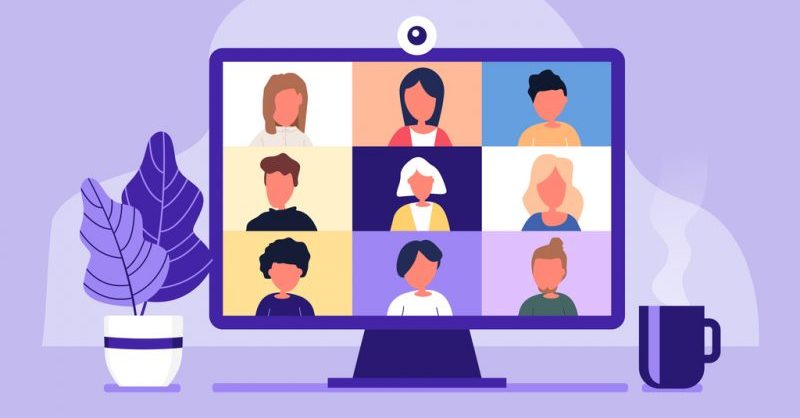Cloud experts often talk about the value of going after low-hanging fruit – that is, fairly simple cloud deployments that provide clear and quick benefits. But the lowest-hanging fruit is not necessarily the sweetest.
During the pandemic, cloud delivered a clear return on investment for many agencies, helping them to make a hard pivot to remote work. But rather than stop there, agencies should use 2020 as a starting point for using the cloud to drive their modernization efforts, according to two subject matter experts from Citrix, which provides secure cloud-based digital workspace technology.
Here are four ways that agencies can reach beyond the low-hanging fruit and see even greater benefits, especially as they move into a hybrid work environment.
1. Think About Your Customer
Never mind the metrics that go into various reports. You need to look beyond the IT team and hear from the people who are using the services you provide, said Jose Arvelo, Senior Director of Federal Sales Engineering Manager at Citrix.
“Understand how your services really are affecting or supporting the mission, and make sure that as you go forward, you target the IT services that are going to provide the most value,” he said.
2. Think About User Experience From the Inside Out
For as long as agencies have supported remote workers, those workers typically have had to accept a lower quality of IT services. Whether they were working on the road or from home, those services wouldn’t be the same as if they were in the office.
That’s got to change, said Ken Liska, Systems Engineering Manager for Citrix State and Local Government Team. “When you have a hybrid workforce, you need to make sure the user experience is just as good for the employees that are remote as are in person,” he said.
In fact, cloud and virtualization make it possible to provide an even better experience, since digital workspace technology is based on server-grade hardware, rather outdated desktop technology, Liska said.
3. Think About Security From the Inside Out
In the same way, agencies need to provide one set of security measures for employees working in the office and another, more stringent set for remote workers.
Given how the hybrid work environment inevitably blurs the distinction between internal and external workers, it’s better to assume that everyone could be an attacker, and every device could be vulnerable, said Liska.
Such an approach — essentially, a zero-trust approach — also means that the agency can protect all users with a common set of products and solutions, he said.
4. Think About Security Plus Context
Cyber experts often joke that the best way to secure a device is to stick it in a locked drawer. From an employee’s perspective, on the other hand, that’s not a winning option. In fact, the employee’s perspective is what’s often missing from security discussions, said Arvelo.
When thinking about security in the hybrid workplace, start by thinking about the context in which employees will be working — not just the device or devices they use but where they will be working and the work they will be doing.
“Whenever we approach this sort of conversation, we always start from the end user and work our way toward the technical outcome, what the technical solution should look like,” Arvelo said.
This article is an excerpt from GovLoop’s recent report, “Best Practices for Supporting a Modern, Hybrid Workforce.” Download the full report here.





Leave a Reply
You must be logged in to post a comment.